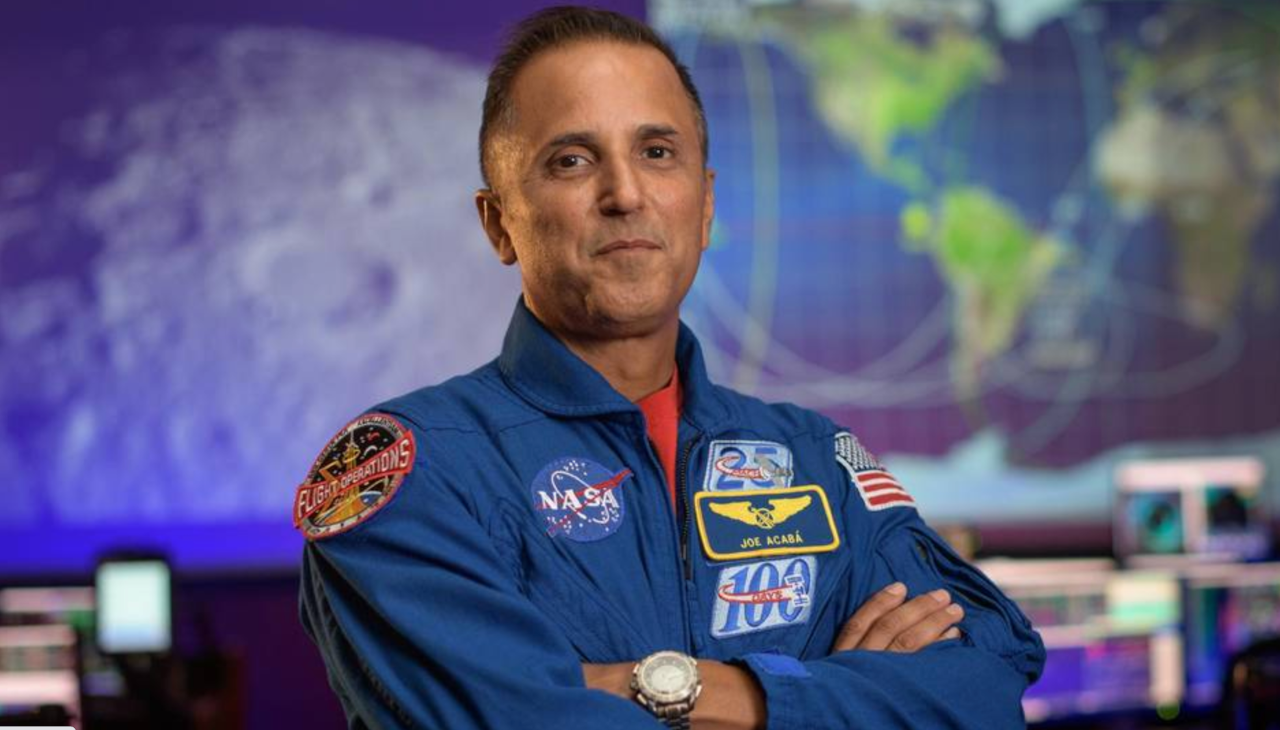
Latino makes history at NASA
Joe Acabá, of Puerto Rican origin, recently became NASA's Chief Astronaut. He is the first person of Hispanic origin to lead the office.
"Joe [Acabá] is an experienced space flyer and a proven leader, and he will undoubtedly inspire the next generation of NASA astronauts. As we build on the International Space Station’s unparalleled success in low-Earth orbit with our eyes on the Moon and then Mars, Joe will play an integral role in ensuring our NASA astronauts are prepared for the challenges ahead,” said NASA Administrator Bill Nelson. “I also want to thank Reid Wiseman for his steady leadership, and to Drew Feustel for jumping in to continue the office’s long legacy of excellence and integrity.”
Acabá, a veteran astronaut of three spaceflights, has been selected to serve as Chief of the Astronaut Office at the agency’s Johnson Space Center in Houston.
A former U.S. Marine and educator, Acabá is the first person of Hispanic heritage selected to lead the office, and he will take the place of NASA astronaut Drew Feustel, who spent two years as deputy chief and has been acting chief of the office since NASA astronaut Reid Wiseman left the post late last year.
RELATED CONTENT
In his new role, Acabá will be responsible for managing astronaut resources and operations. He also will help develop astronaut flight crew operation concepts and make crew assignments for future spaceflight missions, including astronauts assigned to fly on Artemis missions.
Who is the new NASA Chief Astronaut?
Acabá was born in Inglewood, California. He earned a bachelor's degree in geology at University of California in Santa Barbara, one master’s degree in geology from the University of Arizona, and one in education, curriculum and instruction from Texas Tech University, Lubbock. Before his selection as an astronaut candidate in 2004, Acabá spent time in the U.S. Marine Corps Reserves and the Peace Corps, worked as a hydrogeologist, and taught high school and middle school.
Acabá spent 306 days in space, serving as mission specialist on space shuttle Discovery’s STS-119 mission and as flight engineer aboard the International Space Station for Expeditions 31 and 32 in 2012, as well as Expeditions 53 and 54 in 2017-2018. During that time, he took part in three spacewalks building and upgrading the space station, supported the arrival of the first commercial resupply spacecraft, SpaceX's Dragon, in May 2012. He was aboard the station when its standard crew complement increased from three to six, enabling NASA and its international partners to double the amount of time dedicated to research. Since returning to Earth, he has supported the astronaut office in a number of roles, including director of operations in Russia, and chief of the Vehicle Integration Test Office.











LEAVE A COMMENT:
Join the discussion! Leave a comment.